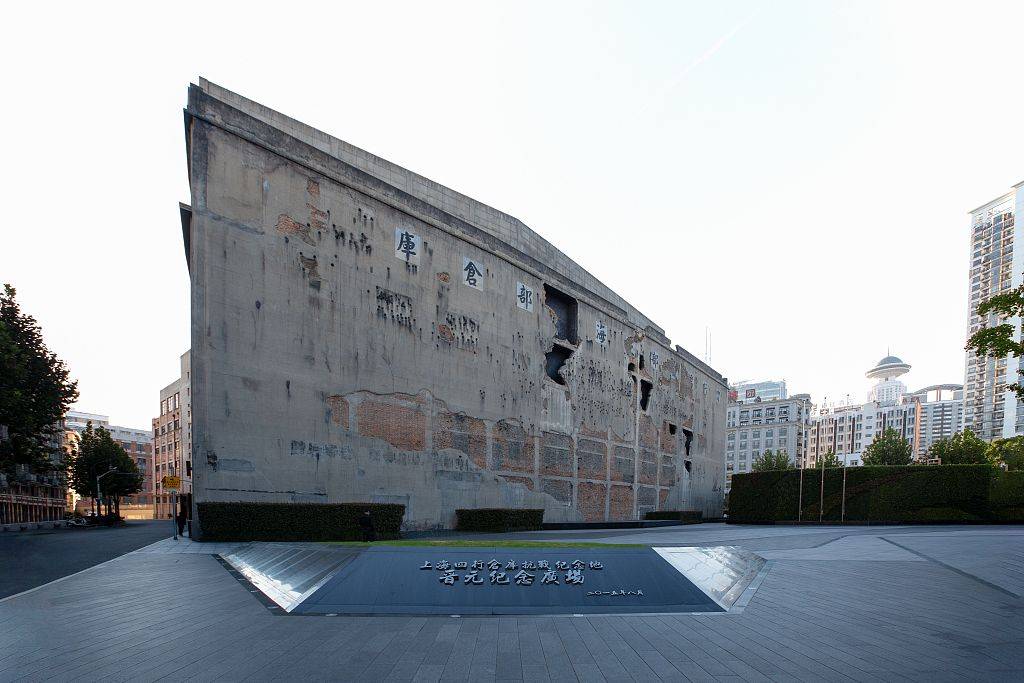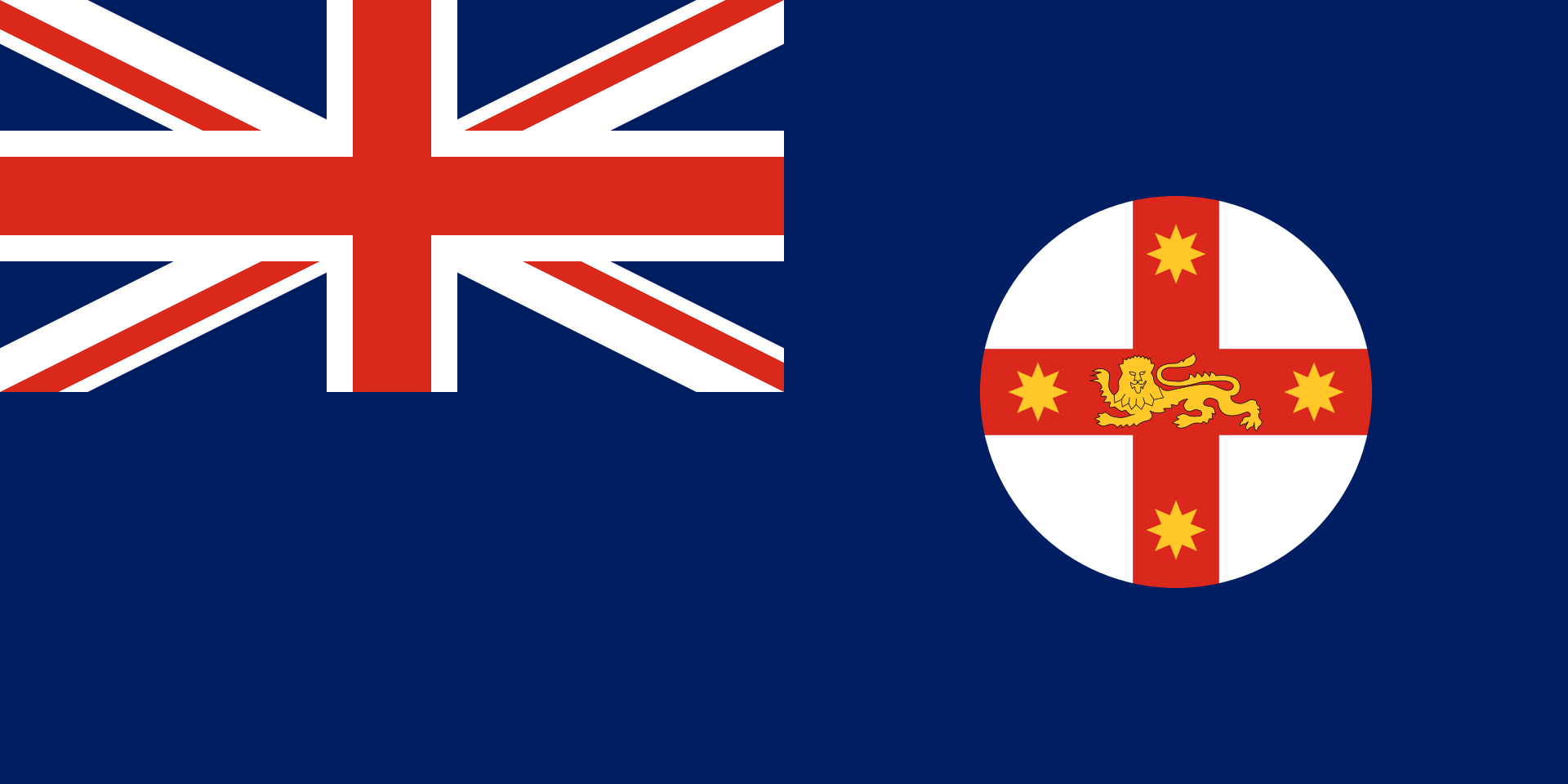
Deutsch-Chinesische Enzyklopädie, 德汉百科
 Shanghai Shi-SH
Shanghai Shi-SH




Wenn Sie im Frühling nach Südchina reisen wollen, will ich Ihnen empfehlen, Zhujiajiao zu besuchen. Denn hier können Sie die typische Landschaft Südchinas bewundern: Kleine Steinbrücken über den Flüssen und traditionelle chinesische Häuser am Flussufer.
Zhujiajiao ist ein berühmter alter Marktflecken im Bezirk Qingpu der Stadt Shanghai. Seine Geschichte geht auf die Zeit der Drei Reiche (220-280) zurück. Dank der günstigen Verkehrslage entwickelte sich Zhujiajiao in der Zeit der Song- und Yuan-Dynastie (960-1368) von einem Dorf zu einem wichtigen Marktflecken in Südchina. Während der Wangli-Regierungsperiode der Ming-Dynastie (1369-1644) erlebte Zhujiajiao seine Blütezeit. Von der Qing-Dynastie (1644-1911) bis zur Zeit der Republik China (1911-1949) war Zhujiajiao als das Handelszentrum des KreisesQingpu (heute Qingpu-Bezirk Shanghais) bekannt. Heute gibt es hier über tausend Wohnhäuser mit schwarzen Dächern und weißen Wänden aus der Ming- und Qing-Zeit und 36 Steinbrücken, die noch gut erhalten sind. (Quelle:http://german.china.org.cn/)


早期办公楼建筑,通和洋行设计,1908年建造。立面局部采用变形的古典装饰符号。四层砖木结构,中央大门连同上三层墙体略向外凸,每层有一半圆挑窗,颇具装饰性。大门左右均为四层楼梯,每层各列三窗,窗户形式均有变化。立面明显分为三段,以清水红砖为主,装饰细巧多样。主楼两侧呈半圆形,顶部有圆形露台。半圆体后的楼体贴主楼,部分为三层。
整幢大楼正门居中,两边建筑严格对称,稳重沉着。大楼内部高敞,主楼梯栏杆、扶手、楼梯底板等均为木质,花饰精美,各层层高平均都在4米以上。
Amberg & Co. Building. Built in 1908, designed by Atkinson & Dallas, Civil Engineers and Architects. Masonry structure. Classical decorative symbols employed for the facade. Hipped roof covered with flat tiles. Red brick walls for the base floor and stucco for the others. The arch type transoms supported by Ionic-order columns adopted for the windows on the 2nd floor, showing a strong tone of west Europe.


Anting New Town heißt die von dem Frankfurter Architektenbüro Albert Speer und Partner neu konzipierte Wohnort, in dem bis zu 80.000 Bewohner Platz finden sollen und dessen Gebäude nach dem Vorbild einer “typisch deutschen” mittelalterlichen Stadt kreisförmig um einen zentralen Platz organisiert wurden. Im Detail hat der Entwurf jedoch nichts mit Kopfsteinplaster und Fachwerkromantik gemein sondern wartet vielmehr mit der Atmosphäre eines vorstädtischen Neubaugebietes auf: Man erblickt breite, von niedrigen Bordsteinen gesäumte Straßen, gerahmt von noch jungen, akkurat gezüchteten Bäumchen und Vorgärten, soweit das Auge reicht. Die von Giebeldächern gekrönten Häuserreihen tragen glatte, bunte Fassaden zur Schau.
Damit es nicht zu klinisch wird, wurden Inseln typisch deutscher Heimeligkeit geschaffen. Oder das, was man dafür hält: Eine “deutsche” Bäckerei verkauft “Vollcornbread”, malerisch gelegen in einer der vier Straßen, welche direkt auf ein rund drei Meter hohes Goethe und Schiller-Denkmal zuführen. Auf dem Platz davor herrscht jedoch nur wenig Leben.
Durch die matten Glasscheiben vieler anderer Ladenlokale lassen sich nur nackte Betonwände und heraushängende Kabel ausmachen. Sie stehen noch leer, ebenso wie viele der Wohnhäuser.
(Quelle: summerschoolshanghai.twoday.net/stories/5167711/)
 China
China
 Guangdong Sheng-GD
Guangdong Sheng-GD
 Hongkong Tebiexingzhengqu-HK
Hongkong Tebiexingzhengqu-HK


 IT-Times
IT-Times
 Modern music impressionism
Modern music impressionism
 Japan
Japan
 Malaysia
Malaysia
 Philippines
Philippines
 Republic of Korea
Republic of Korea
 Shanghai Shi-SH
Shanghai Shi-SH
 Singapore
Singapore
 Taiwan Sheng-TW
Taiwan Sheng-TW

Cable System:
- Asia Pacific Cable Network 2, or APCN-2
Cable Length:
- 19,000 Km
Design Capacity:
- 2.56 Tbps
- 4 fiber pairs, each of 64x10 Gbps DWDM
- upgrade to 40 Gbps DWDM in September 2011
Lit Capacity:
- 80 Gbps (as of RFS in Dec. 2001)
- 160 Gbps (first upgrade in 2002)
- 280 Gbps (2nd upgrade in 2006)
Ready for Service Date:
- December 20, 2000
Investment Type:
- Consortium
Owner(s):
- The APCN-2 consortium members consist of 45 carriers in Asia Pacific region, including following 26 initial parties:
| KDD (Japan) Advantel(Hong Kong) Chunghwa Telecom (Taiwan) C&W Global Network (Ireland) KPN (Netherlands) Metromedia Fiber Network (USA) PLDT (Philippines) Taiwan Fixed Net (Taiwan) Telecom Malaysia (Malaysia) | NTT Communications (Japan) China Telecom (China) Concert (Bermuda) Global One (Japan) Layer 2 Communications (British Virgin Is.) New Century Infocomm Co. (Taiwan) Singapore Telecom (Singapore) Teleglobe (United States) Williams Communications (USA) | Japan Telecom (Japan) China Unicom (China) C&W HKT (Hong Kong) Korea Telecom (Korea) MCII (United States) OneLink Cable Network (Hong Kong) Starhub (Singapore) Telstra Global Networks (Bermuda) |


 Asia-Pacific Economic Cooperation,APEC
Asia-Pacific Economic Cooperation,APEC

 Australian Capital Territory-ACT
Australian Capital Territory-ACT
 Australia
Australia
 Beijing Shi-BJ
Beijing Shi-BJ

 British Columbia-BC
British Columbia-BC
 Brunei Darussalam
Brunei Darussalam
 Chile
Chile
 China
China

 Hand in Hand
Hand in Hand

 Hawaii-HI
Hawaii-HI
 Hongkong Tebiexingzhengqu-HK
Hongkong Tebiexingzhengqu-HK
 Indonesia
Indonesia
 Japan
Japan
 Canada
Canada
 Kantō
Kantō
 Kinki
Kinki
 Malaysia
Malaysia
 Mexico
Mexico
 New Zealand
New Zealand

 New South Wales-NSW
New South Wales-NSW
 Papua-Neuguinea
Papua-Neuguinea

 Party and government
Party and government

 Party and government
Party and government
 Asia-Pacific Economic Cooperation,APEC
Asia-Pacific Economic Cooperation,APEC
 Peru
Peru
 Philippines
Philippines
 Republic of Korea
Republic of Korea
 Russia
Russia
 Shanghai Shi-SH
Shanghai Shi-SH
 Singapore
Singapore
 Taiwan Sheng-TW
Taiwan Sheng-TW
 Thailand
Thailand
 United States
United States
 Vietnam
Vietnam

 Washington-WA
Washington-WA

 Important International Organizations
Important International Organizations

亚太经济合作组织(简称亚太经合组织;英语:Asia-Pacific Economic Cooperation,缩写:APEC),是亚太区内各地区之间促进经济成长、合作、贸易、投资的论坛。此组织的创办在历史上取代了该区域的冷战结构,但由于日本在该区域会因过去历史记忆引发负面评价,所以由澳大利亚主导创始事项[1]。
始设于1989年,现有21个经济体成员。亚太经合组织是经济合作的论坛平台,其运作是通过非约束性的承诺与成员的自愿,强调开放对话及平等尊重各成员意见,不同于其他经由条约确立的政府间组织。“APEC”与“Asia-Pacific Economic Cooperation”均是亚太经济合作组织的注册商标。[2]
Die Asiatisch-Pazifische Wirtschaftsgemeinschaft (für englisch Asia-Pacific Economic Cooperation, kurz APEC, auch übersetzt als Asiatisch-Pazifische Wirtschaftskooperation oder Asien-Pazifik-Forum) ist eine internationale Organisation, die es sich zum Ziel gesetzt hat, im pazifischen Raum eine Freihandelszone einzurichten.
In den 21 APEC-Staaten lebt knapp die Hälfte der Weltbevölkerung. Der Wirtschaftsraum erbringt mehr als die Hälfte der Weltwirtschaftsleistung und ist eine der am schnellsten wachsenden Wirtschaftsregionen der Welt.
アジア太平洋経済協力会議(アジアたいへいようけいざいきょうりょくかいぎ、英: Asia-Pacific Economic Cooperation)は、環太平洋地域における多国間経済協力を進めるための非公式なフォーラム[2]である。略称、APEC(エイペック[3][4])。
「アジア太平洋」という概念が最初に打ち出されたのは、永野重雄が1967年に発足させた太平洋経済委員会(PBEC)という経済団体の設立時であるとされるが[5][6][7]、具体的にこうした地域概念が政府レベルの協力枠組みに発展する萌芽は、1978年、日本の大平正芳首相が就任演説で「環太平洋連帯構想」を呼びかけたことにある。これを具体化した大平政権の政策研究会「環太平洋連帯研究グループ」(議長:大来佐武郎、幹事佐藤誠三郎)の報告を受け、大平がオーストラリアのマルコム・フレイザー首相に提案して強い賛同を得たことが、1980年9月の太平洋経済協力会議(PECC)の設立につながった。PECCは地域における様々な課題を議論し研究するセミナーといった趣のものであったが、これを土台にして、各国政府が正式に参加する会合として設立されたのが、APECである[8][9]。
APECは、1989年にオーストラリアのホーク首相の提唱で、日本・アメリカ合衆国・カナダ・韓国・オーストラリア・ニュージーランド及び当時の東南アジア諸国連合(ASEAN)加盟6か国の計12か国で発足し、同国のキャンベラで閣僚会議(Ministerial Meeting)を開催した。また、1993年には米国のシアトルで初の首脳会議(Economic Leaders' Meeting)がもたれた。現在は、首脳会議、及び、外相、経済担当相による閣僚会議をそれぞれ年1回開いている。シンガポールに常設事務局を置き、開催国から任期1年で事務局長が選任されている[10]。 参加しているメンバーは、21カ国・地域で、2012年現在、人口では世界の41.4%、GDP(国内総生産)では57.8%、貿易額では47%を占めている。
APECは、開かれた地域協力によって経済のブロック化を抑え、域内の貿易・投資の自由化を通じて、世界貿易機関(WTO)のもとでの多角的自由貿易体制を維持・発展することを目的としてきたが、近年のWTOの新ラウンドの停滞や自由貿易協定締結の動きの活発化などによって、その存在意義が問われている。
Asia-Pacific Economic Cooperation (APEC) is an inter-governmental forum for 21 Pacific Rim member economies[2] that promotes free trade throughout the Asia-Pacific region. Inspired from the success of Association of Southeast Asian Nations (ASEAN)’s series of post-ministerial conferences launched in the mid-1980s, the APEC was established in 1989 in response to the growing interdependence of Asia-Pacific economies and the advent of regional trade blocs in other parts of the world; and to establish new markets for agricultural products and raw materials beyond Europe.[3][4][5] Headquartered in Singapore, the APEC is recognised as one of the oldest forums and highest-level multilateral blocs in the Asia-Pacific region, and exerts a significant global influence.[6][7][8][9][10][11]
An annual APEC Economic Leaders' Meeting is attended by the heads of government of all APEC members except Republic of China (Taiwan) (which is represented by a ministerial-level official under the name Republic of China as economic leader).[12] The location of the meeting rotates annually among the member economies, and a famous tradition, followed for most (but not all) summits, involves the attending leaders dressing in a national costume of the host country. APEC has three official observers: the Association of Southeast Asian Nations Secretariat, the Pacific Economic Cooperation Council and the Pacific Islands Forum Secretariat.[13] APEC's Host Economy of the Year is considered to be invited in the first place for geographical representation to attend G20 meetings following G20 guidelines.[14][15][16][17]
La Coopération économique pour l'Asie-Pacifique (en anglais : Asia-Pacific Economic Cooperation, APEC) est un forum économique intergouvernemental visant à faciliter la croissance économique, la coopération, les échanges et l'investissement de la région Asie Pacifique. Elle se réunit chaque année1.
L'Asia-Pacific Economic Cooperation (APEC), ossia Cooperazione Economica Asiatico-Pacifica, è un organismo nato nel 1989 allo scopo di favorire la cooperazione (o, più in generale, la crescita) economica, il libero scambio e gli investimenti nell'area asiatico-pacifica. Tale area (come suggerisce il logo stesso dell'APEC) coincide non solo con l'Asia Pacifica, ma potenzialmente con l'intero Pacific Rim.
L'APEC ha sede a Singapore, Paese considerato una delle tigri dell'Asia.
Dal punto di vista del diritto internazionale l'APEC si definisce organismo e non organizzazione internazionale perché, essendo composto da economie e non da Stati, è privo di una piena personalità giuridica. Ciò spiega, fra l'altro, come mai possano farne parte contemporaneamente la Cina continentale, Hong Kong e Taiwan, ossia tre realtà che, territorialmente (secondo Pechino e secondo tutti i governi che intrattengono relazioni diplomatiche con Pechino), appartengono a un unico Stato: la Repubblica Popolare di Cina.
APEC (Asia-Pacific Economic Cooperation, en español Foro de Cooperación Económica Asia-Pacífico) es un foro multilateral creado en 1989, con el fin de consolidar el crecimiento y la prosperidad de los países del Pacífico, que trata temas relacionados con el intercambio comercial, coordinación económica y cooperación entre sus integrantes.1
Como mecanismo de cooperación y concertación económica, está orientado a la promoción y facilitación del comercio, las inversiones, la cooperación económica y técnica y al desarrollo económico regional de los países y territorios de la cuenca del océano Pacífico. Fomentando un crecimiento económico inclusivo, equitativo, sustentable e innovador.2
La suma del Producto Nacional Bruto de las veintiuna economías que conforman el APEC equivale al 56 % de la producción mundial, en tanto que en su conjunto representan el 46 % del comercio global.
La APEC no tiene un tratado formal. Sus decisiones se toman por consenso y funciona con base en declaraciones no vinculantes. Tiene una Secretaría General, con sede en Singapur, que es la encargada de coordinar el apoyo técnico y de consultoría. Cada año uno de los países miembros es huésped de la reunión anual de la APEC. La vigésimo novena cumbre se realizó en noviembre de 2017 en Da Nang, Vietnam; y la próxima será en Santiago, Chile.
Азиатско-Тихоокеанское экономическое сотрудничество (АТЭС) (англ. Asia-Pacific Economic Cooperation, APEC) — форум 21 экономики Азиатско-Тихоокеанского региона для сотрудничества в области региональной торговли и облегчения и либерализации капиталовложений.
Целью АТЭС является повышение экономического роста, процветания в регионе и укрепление азиатско-тихоокеанского сообщества. В экономиках-участницах проживает около 40 % мирового населения, на них приходится приблизительно 54 % ВВП и 44 % мировой торговли[1].
 Architecture
Architecture

 Economy and trade
Economy and trade